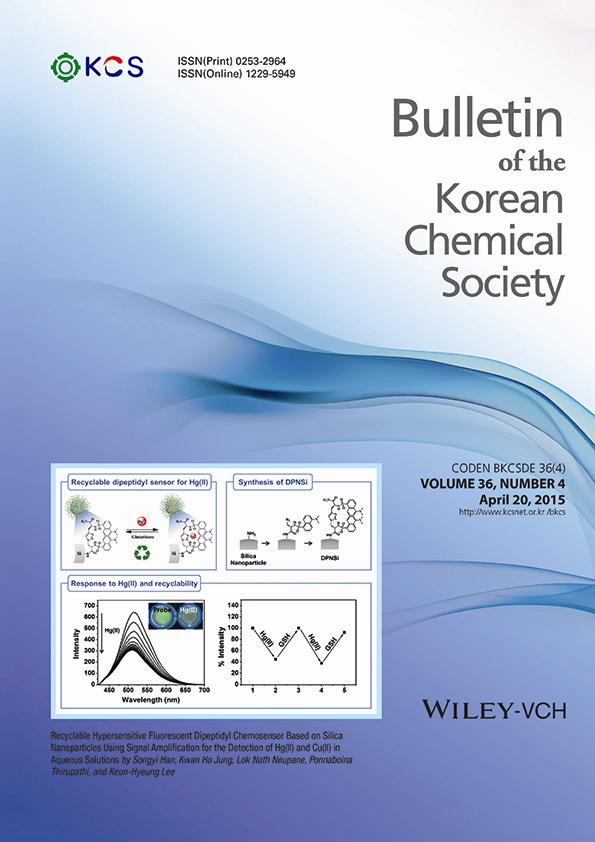Conducting Cell Scaffold—Poly(3′-aminomethyl-2,2′:5′,2′′-terthiophene)
Abstract
Electroactive biomaterials such as polythiophene (PT) are highly attractive scaffolds for tissue engineering applications. The introduction of reactive functionalities into the PT backbone structure is desired to enhance the biomaterial-tissue interface for desired tissue responses. Here, we present amino-functionalized conductive polyterthiophene, poly(3′-aminomethyl-2,2′:5′,2′′-terthiophene) (PTTh-NH2), which successfully demonstrates the potential to influence cellular activity. The chemical structure of monomeric 3′-aminomethyl-2,2′:5′,2′ ′ -terthiophene was confirmed by MS and the polymer characteristics of PTTh-NH2 were determined by AFM, XPS, profilometer and four-point probe. In vitro cell viability study with human umbilical vascular endothelial cells (HUVECs) indicates that the primary amine functionality grafted into polythiophene (PT) backbone improve the cell adhesion and proliferation compared to negative (−) control conventional PT. Thus, PTTh-NH2 could be useful in developing PT composites for various biomedical applications.




